Dji Phantom 4 Pro Quadcopter
Compare 573 prices from 27 stores.
-
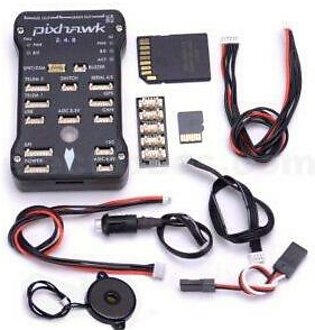 Rs.30,500
Rs.30,500Pixhawk Flight Controller PX4 2.4.8 for FPV Drone And Quadcopter
electrobes.com -
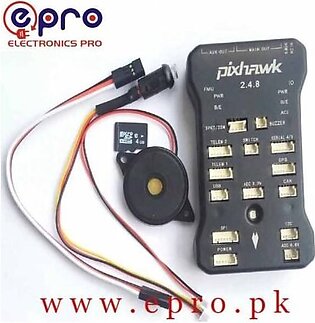 Rs.32,300
Rs.32,300Pixhawk Flight Controller PX4 2.4.8 for FPV And Quadcopter in Pakistan
epro.pk -
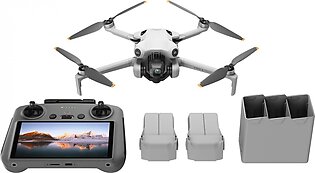 Rs.364,999
Rs.364,999Dji Mini 4 Combo with RC
homeshopping.pk -
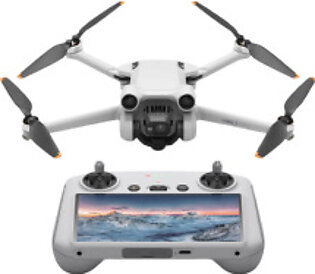 Rs.304,999
Rs.304,999DJI Mini 3 Pro (DJI RC)
shophive.com -
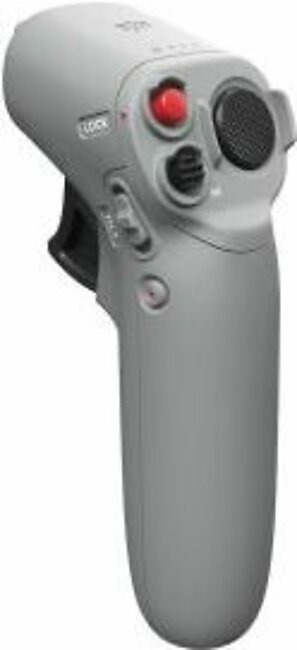 Rs.44,999
Rs.44,999DJI Motion Controller
shophive.com -
 Rs.40,000
Rs.40,000DJI OM 5 Smartphone Gimbal
hashmiphotos.com -
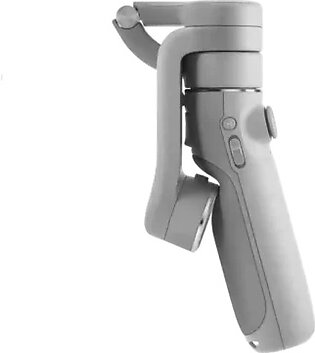 Rs.30,400
Rs.30,400Dji Osmo 5 OM 5
shopbrand.pk -
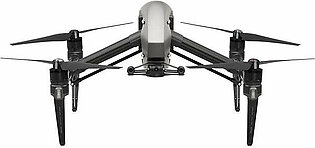 Rs.955,999
Rs.955,999DJI Inspire 2 Drone Camera
discountstore.pk -
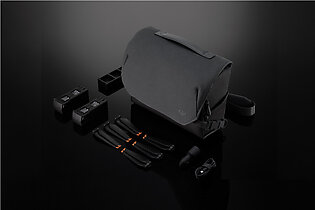 Rs.189,999
Rs.189,999DJI Mavic 3 Series Fly More Kit
homeshopping.pk -
Save 5%
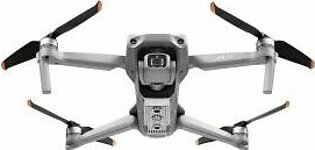 Rs.429,999Rs.409,999
Rs.429,999Rs.409,999DJI Air 2s
shophive.com -
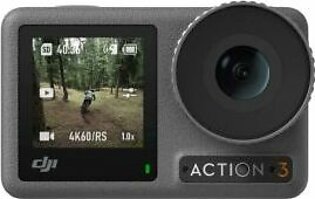 Rs.109,999
Rs.109,999DJI Osmo Action 3
shophive.com -
Save 5%
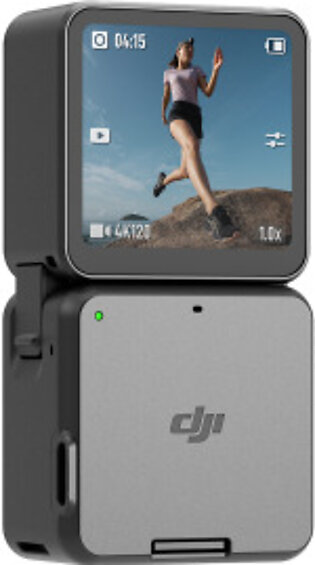 Rs.99,999Rs.94,999
Rs.99,999Rs.94,999DJI Action 2
shophive.com -
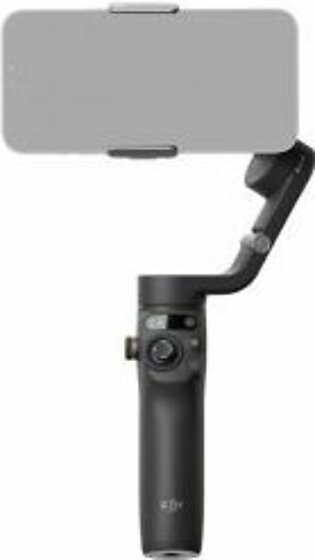 Rs.50,000
Rs.50,000DJI Osmo Mobile 6 Smartphone Gimbal
hashmiphotos.com -
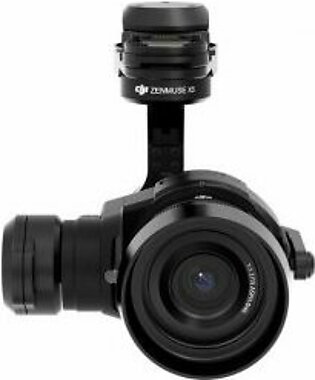 Rs.169,000
Rs.169,000DJI Zenmuse X5 Camera and 3-Axis Gimbal with 15mm f/1.7 Lens
hashmiphotos.com -
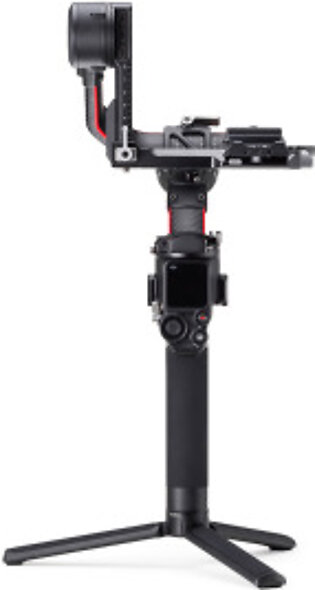 Rs.169,999
Rs.169,999DJI RS 2 Gimbal Stabilizer
shophive.com -
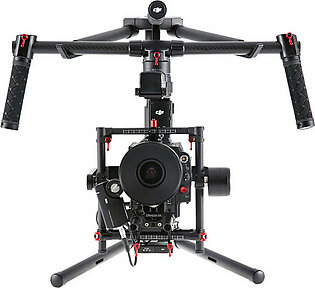 Rs.185,000
Rs.185,000DJI Ronin MX 3-Axis Gimbal Stabilizer
hashmiphotos.com -
Save 14%
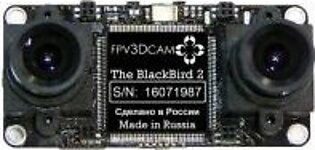 Rs.34,940Rs.30,000
Rs.34,940Rs.30,0003D-FPV BlackBird-2 Camera Module
instock.pk -
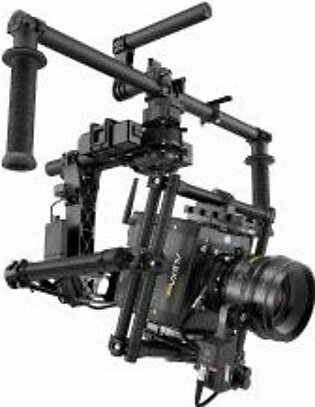 Rs.1,550,000
Rs.1,550,000FREEFLY MoVI M15 3-Axis Motorized Gimbal Stabilizer with Hard Case
hashmiphotos.com -
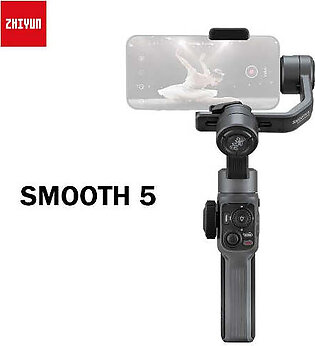 Rs.35,000
Rs.35,000ZhiyunTech Smooth-5 Smartphone Gimbal with 6 Month Warranty
thestationerycompan… -
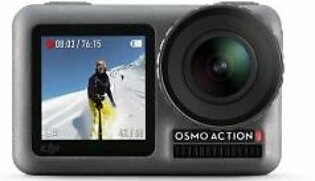 Rs.125,000
Rs.125,000DJI Osmo Action 3 Camera Adventure Combo
hashmiphotos.com -
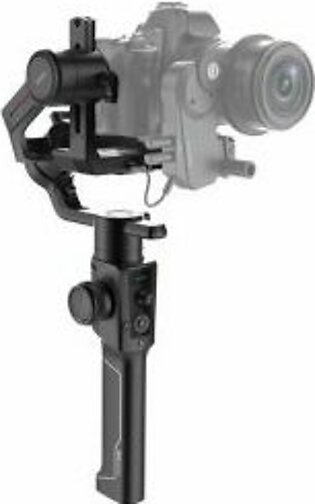 Rs.65,000
Rs.65,000Moza Air 2 3-Axis Handheld Gimbal Stabilizer
hashmiphotos.com -
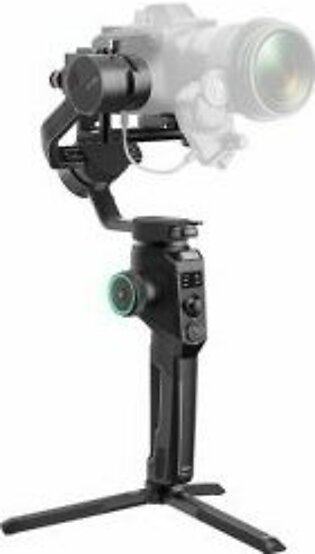 Rs.62,000
Rs.62,000Moza AirCross 2 3-Axis Handheld Gimbal Stabilizer
hashmiphotos.com -
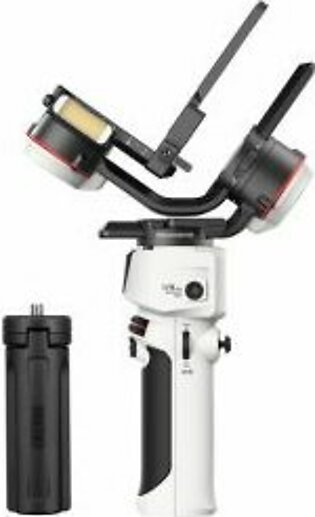 Rs.68,000
Rs.68,000Zhiyun CRANE M3 3-Axis Handheld Gimbal Stabilizer
hashmiphotos.com -
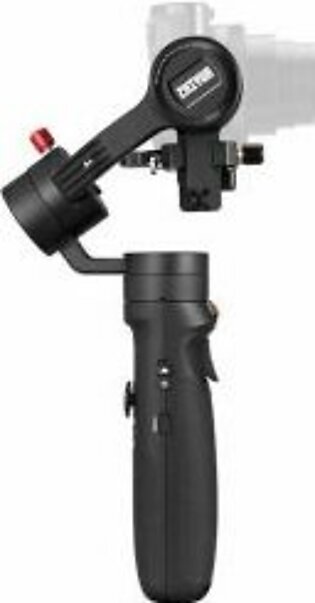 Rs.30,000
Rs.30,000Zhiyun CRANE-M2 3-Axis Handheld Gimbal Stabilizer
hashmiphotos.com
Overview
A great upgrade from its predecessor the DJI Phantom 4 Pro Quadcopter took many aspects further from shooting capabilities to a better system that handles obstacles in its path. Along with this the autonomous modes were improved upon, as well as its tracking abilities. A drone that is well able to handle professional-level tasks.
Pros & Cons
Pros
Great stabilization
Upgraded video transmission
5 direction obstacle detection
More autonomous modes
Cons
Not portable
Could be faster
Description
Basics of the Phantom 4 Pro Quadcopter
DJI Phantom 4 Pro Quadcopter, released in November 2016, has a three-axis stabilized camera with a 1-inch 20 MP CMOS sensor a huge improvement in comparison to the 1/2.3 sensors that were being used before this. The Phantom 4 Pro offers two remote controllers, one with a dedicated screen (Phantom 4 Pro+) and one without. It integrates an upgraded Lightbridge HD video transmission system that adds 5.8 GHz transmission support and a maximum downlink video transmission range of 7 km. In addition - DJI released a set of Goggles around this time which could be used with various DJI drones, including the Phantom 4 Pro. This allows First Person View (FPV) flying which could be fun and also motion sickness inducing.
An evolution of the Phantom 4, the DJI Phantom 4 Pro has improved on the previous device. Similar in design and other attributes but with additions that set it apart, the first being its upgraded obstacle avoidance with five directional sensors which was quite a step up from its predecessor. The new version had sensors on its front, back, left, right, and underside. These sensors actively scan the environment around the drone and enable it to autonomously avoid things like trees, buildings and anything else you might encounter during flight. The major downside with the Phantom 4 Pro was that it wasn't a very portable size as the legs and propeller arms do not fold.
Phantom 4 Pro Quadcopter video specs
When it comes to shooting video, the Phantom Pro 4 offers a list of options. You can shoot in cinematic 4K DCI at 24, 25, or 30 frames per second or 4K UHD at 24, 25, 30, or 60 frames per second. If that’s too much for your retina (or SD card) to handle, you can also scale down to 2.7K, 1080p, and 720p — the latter of which can be captured at 120 frames per second and used to create slow-mo footage. On top of that, the camera can shoot 4K video at up to 60 frames per second, and still images at up to 20 megapixels. DJI also tossed in aperture control and a mechanical shutter. No matter how you look at it the camera on this was a huge step forward, even more impressive when you consider the overall form factor was still identical to the previous model.
Flight factors
Under even conditions, DJI says the Phantom 4 Pro Quadcopter could stay airborne for up to 30 minutes — but of course, real-world conditions aren’t always optimal so there is a slight difference in timing depending on what the weather is. As for battery recharge time it takes about 1.5 hours to get up to 100 percent. Speed and agility were basically unchanged in the Phantom 4 Pro. Both the Phantom 4 and Phantom 4 Pro top out at 45 miles per hour (72 kph) — though you can easily reach higher speeds with a good tailwind. It’s not the fastest drone on the market (some can go 55 or even 60 mph), but it’s quick enough for most uses. The difference was that the Phantom Pro 4 could fly at up to 31mph with full multi-directional obstacle avoidance which was a huge step ahead given you could do so much more intense flying without worrying that your costly drone would crash into a tree.
The autonomous modes
Some of the biggest improvements in the Phantom 4 Pro involved the autonomous flight modes, aside from the standard ones the Phantom 4 Pro borrowed some from the DJI Mavic which was released around the same time. The Phantom 4 Pro can orbit a point with 'Point of Interest' mode, follow movements via 'Follow Me' mode, or repeat flight along a preset flight path with 'Waypoints' and also allowing for adjustment in how it responds to the joystick with 'Course Lock' and 'Home Lock'. In 'Terrain Follow' (which was previously only available in the Mavic Pro), the drone uses its Downward Vision System to maintain a certain distance from the ground, which is fantastic for filming over terrain that varies in elevation. For static shots the Phantom 4 Pro’s new Tripod mode allows you to choose a point in space then keep the drone locked in that position while you shoot – sort of like a flying tripod.
Tracking systems
DJI has also added a few updates to its Active Track system. 'Portrait' mode, for example, allows you to track a subject while the drone flies horizontally and matches pace. 'Spotlight', on the other hand, allows you to lock onto a subject, but allows you to fly the drone in any direction around it. There’s even a 360 mode that will actively orbit any subject you choose, regardless of where that subject might move.
Calling your drone back
The return home function in the DJI Phantom 4 Pro Quadcopter was improved a lot as before the drones would beeline and possibly hit objects in the way, the upgrade allowed it to kind of trace its original take-off path in reverse so it lands while avoiding obstacles. The range on the Phantom 4 Pro was also jacked up to almost 7km away using the OcuSyncvideo transmission technology.
Still a great drone by commercial drone standards; standards set by DJI!
Specs
Stats
No exact match

